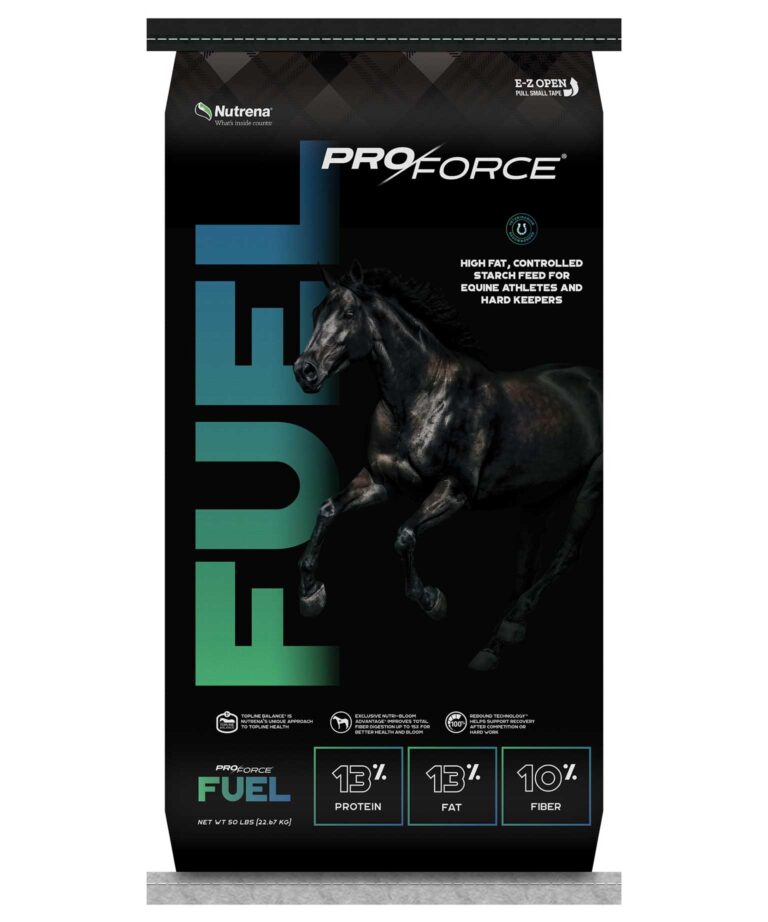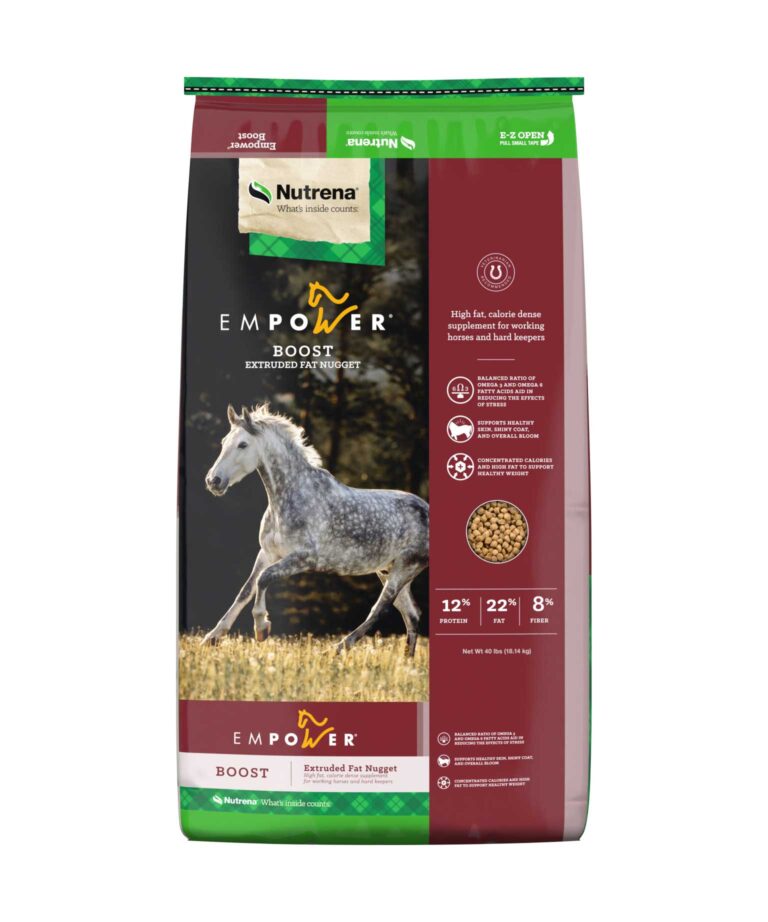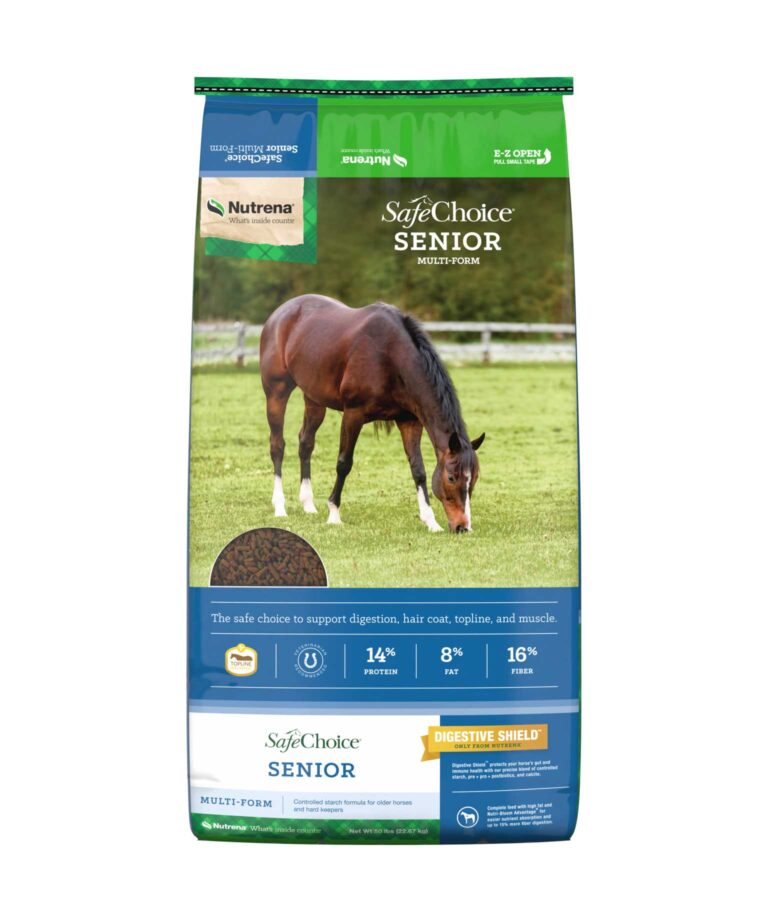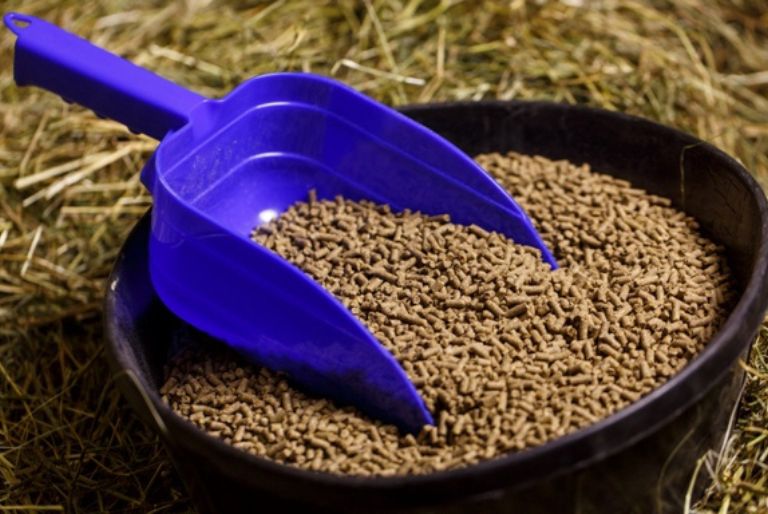Feeding Horses that are Hard Keepers
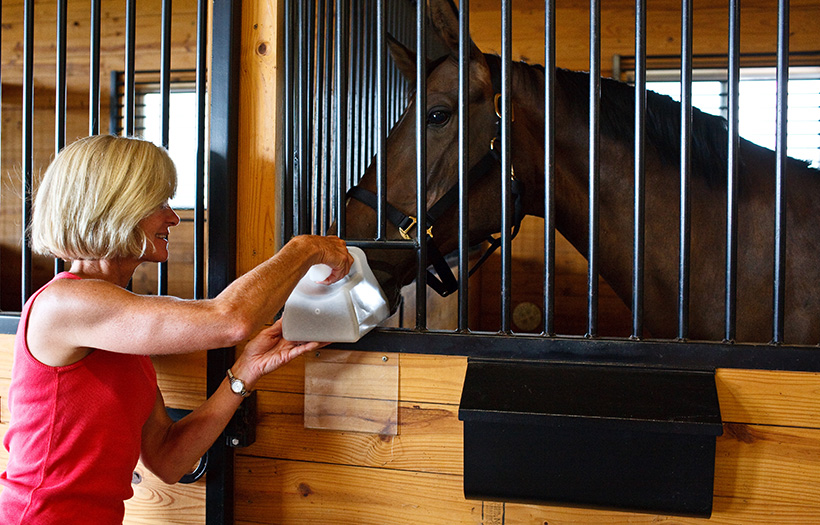
Much like teenage boys, some horses seem to be able to devour every bit of feed in sight, and still not gain weight. Unlike the teenage boys, however, and unfortunately for the owners of these hard keepers, this generally isn’t just a stage that the horse is going through. So, what is the best way to feed a horse to increase weight gain to the desired level, and then maintain it there?
First, start by taking a Body Condition Score and determining the current weight of the horse, and tracking those two elements over time, so you can know for sure if you are making progress or not. It’s easy to fall in to the trap of trying to remember what the horse was like a couple months ago, so a tracking program will help give a fact basis to your feeding program.
Second, weigh both the hay and any grain you are feeding your horse. A bathroom scale can do the trick, or especially handy is a fish or luggage scale that you can hang a bucket from. Every barn has a different scoop, from the old reliable coffee can to a plastic scoop purchased at the feed store. Weighing the scoop, then weighing it with the feed in it, allows you to mark your scoop so you can see where to fill it to for various feeds & weights of that feed. Note that not all feeds weigh the same, either, so measure each one independently.
Third, ensure that the horse is receiving enough forage in the diet. This is the base of any feeding program, and a good target is to be feeding 1.5% of body weight in forages. For a 1000 lb horse, that means at least 15 lbs of hay. Weigh a few flakes of hay and see just what a flake is from your supplier. Not all small square bales are created equally!
Fourth is the grain portion of the diet. A key thing to look at in evaluating feeds for hard keepers is the “Crude Fat” content of a feed. A basic corn/oats/mineral sweet feed mix will likely run around 2.5-3.0% fat, since that is what is naturally present in a lot of grains. These are fine for easier keepers, but many active horses need more“ there are a variety of horse feeds on the market today that are in the 5-9% fat range, and some horse feeds are up in the 10-12% fat range. Remember to feed within the guidelines printed on the tag, so that you get the nutrition portion of the diet correct. Start your horse on a higher fat diet slowly to allow them to adjust to the increased fat, and work up to a level where the weight starts to come on. Once you’ve reached a desirable weight and body condition, you can begin to back off the amount fed until you determine the amount of feed that will help maintain your horse for the long haul.

